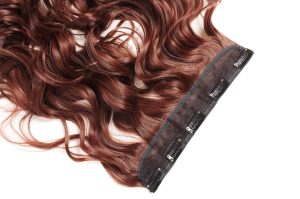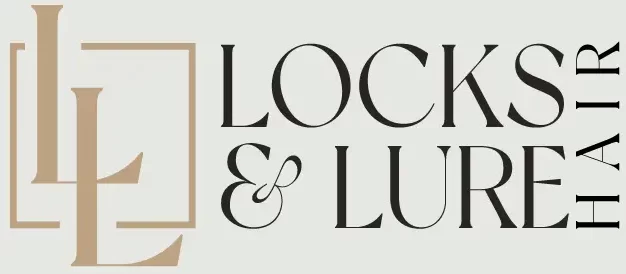
How to Apply Clip-in Hair Extensions for Thin or Fine Hair
For women with thin or fine hair, using clip-in hair extensions comes with its challenges. Since thin hair offers less natural coverage, it’s easier for the clips and the base of the wefts (the track to which hair is attached) to show through, detracting from your desired aesthetic. While clip-in hair extensions are amazing for adding volume and length to your hairstyle and look, when applied to thin or fine hair, they can be tricky to achieve a non-visible and undetectable result.
The key to avoiding having clip-in hair extensions be visible lies in strategic preparation and placement. The most important secret to preventing visibility comes down to two main things: (1) how you prepare your hair, and then (2) exactly where you decide to place those extensions on your head.
If you’re unfamiliar with hair extensions, think of it like setting a solid foundation before building a house. Smart placement strategy involves creating what hair stylists call a “buffer zone.” This means intentionally sectioning off and leaving down a top layer of your natural hair all around the areas where you’ll be clipping in the extensions, to cover the topmost wefts while also avoiding placement too close to the hairline or parting. This top layer of your hair acts like a natural curtain, draping over and hiding the clips and the top seams of the hair extensions beneath it.
Also, lightly teasing the roots of your natural hair or applying texturizing products like dry shampoo before you clip in your extensions can make a significant difference in both how securely the clip-in hair extensions grip and how well they are concealed. Since individual strands of thin or fine hair are often sleek and slippery, when you gently tease the roots of a small section of your hair right where you plan to place the clip-in hair extension, you’re essentially creating a small, condensed “cushion” or “pad” of hair.
This matted-down section is no longer slick and smooth; instead, it’s slightly rougher and has more bulk. The teeth of the clip-in hair extension can now sink into this teased base and get a much firmer, more reliable hold.
Beyond just security, this “cushioned base”, the teased or texturized section provides a little bit of lift and padding. This slight elevation and added density at the root help to soften the transition from your scalp to the extension weft, making the clip-in hair extension blend in more seamlessly. You’ll also notice that the weft lies a bit more flush and integrates better with your natural hair, reducing the sharp lines that can make extensions noticeable in finer hair types.
Be mindful when choosing seamless or invisible wefts that lay flatter, and selecting lighter density pieces will minimize bulk and visibility. Once installed, you can style your hair with waves, curls, or volume to help naturally camouflage the extensions. Click here to learn more about out Clip-in Hair Extensions. https://locksandlurehair.com/clip-in-hair-extensions-explained-buyers-guide/

